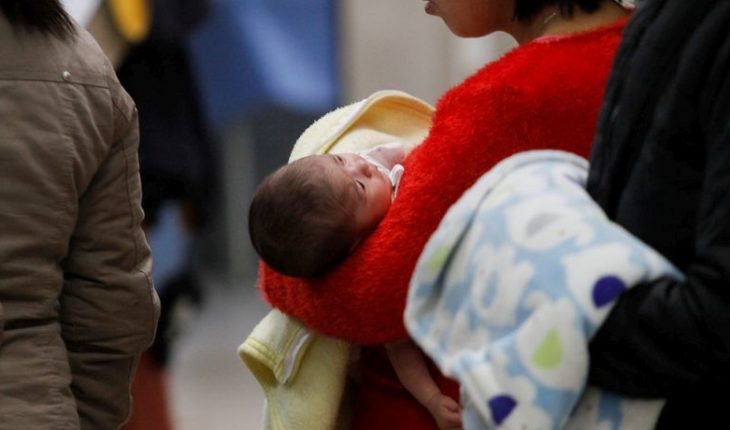Health Minister Jaime Mañalich decreed health alert yesterday in the Metropolitan Region following an 18% increase in cases of syncial virus in children in the last week.
On the amount of contagion, Undersecretary of Public Health Paula Daza said she hopes that during the winter holidays they will come down, although it could be reversed with the return to school. “Probably the peak is going to happen in the next two or three weeks,” he said.
As the country is in the midst of a flu campaign, UC Christus Health Network Infectologist Katia Abarca explained to today how to differentiate from another virus, which can certainly be complex because a laboratory sample is needed, as some share yes ntomas.
Among their differences, he says that influenza usually affects more adults and manifests with body discomfort and fever. In contrast, the syncytial virus develops more severe in young children, with shortness of breath being the most representative.
“If it’s a baby under one year and especially less than 6 months old with a respiratory test at this time, it’s most likely a syncial virus,” Abarca said.
According to the nurse and academic of the Faculty of Nursing of the U. Andrés Bello, Javiera Vargas, the symptoms of this virus are: nasal congestion, wet cough, irritability, food rejection, decay, fever and signs of respiratory difficulty such as costal retraction (rib sinking), increased heart and respiratory rate, peribucal cyanosis (purple lips) and paleness, among others.
Vargas suggested that to prevent contagion it is necessary to “avoid places with high flow of people (mall, cinema, etc.), not having contact with other sick people, continuous hand washing. Let us remember that this acute breathing picture can manifest itself of different characteristics or severity,” he concluded.
For her part, the infectologist explained that there is no vaccine to prevent the virus, but there is an antibody treatment. It is injected monthly during the winter into risk groups such as: premature, premature guaguas suffering from lung diseases and children with congenital heart disease.
He added that the risk group is less than six years old, but is more critical in children of one. “If mothers of six-month-old guaguas are cold, the use of mask and frequent hand washing is recommended,” Abarca advised.
The virus lasts approximately seven to ten days. Complications may result in pneumonia or bronchiolitis, causing hospitalization. “1% of children may require hospitalization because of their complications,” she said.
Older adults and people with immune diseases are also at risk of exposure to the virus. Pregnant women are left out of this group. Middle-aged adults who do not have risky diseases can also contract the virus, although “the symptoms are similar to a common cold,” Abarca explained.
translated from Spanish: Learn how to differentiate a syncyll from a flu in peak weeks
July 19, 2019 |





